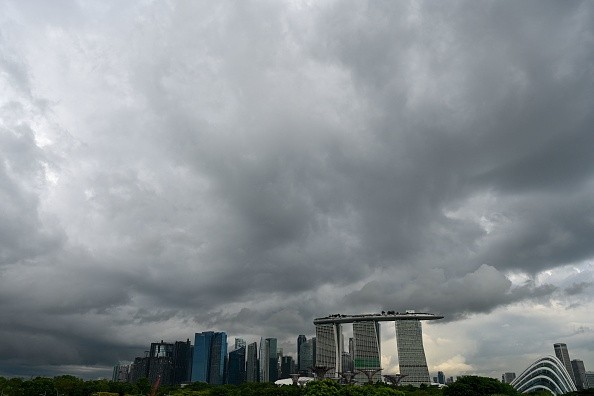Singaporeans experience a brief period of coolness at the beginning of every year, which refers to it as winter in hot and humid Singapore.
However, this year in particular was extremely cold, with lows of just 22 degrees Celsius.
Freezing temperature in Singapore

Due to a monsoon surge brought in by strong winds and rain clouds over South China Sea, the Meteorological Service Singapore, otherwise known as the weather people, has predicted cool temperatures and rain for the entire month of January, as per Coconuts.
The lowest temperature of 22.3 degrees Celsius was recorded at Newton and Jurong West during the past month's daily gloomy rainy weather.
This is cooler than the 22.8 degrees Celsius recorded in January of last year.
The constant downpour of rain caused canals at Bedok Reservoir and hiking trails in Bukit Timah to flood.
Just 29 degrees Celsius will be reached today's high and only 23 degrees Celsius will be reached today's low.
Additionally, the city-state continues to experience heavy rain.
Adaptation is proving difficult for some Singaporeans as the weather gets colder.
A select few attempted to pull off their bulkier attire by taking cool literally. To stay warm, they even pulled out puffer jackets, leather coats, scarves, and furs.
Weather keeps away customer to restaurants
While some may view Singapore's typically sunny weather as a welcome change, businesses that depend on good weather have been negatively impacted by the rain, as per Channel News Asia.
The effects of the rainy weather are also being felt by other eateries that rely in part on outdoor dining, such as those in Alkaff Mansion, which is tucked away in Telok Blangah Hill Park, where walk-in business has decreased extreme cold due to Polar vortex.
Cold weather in Asia is caused by the Polar Vortex
According to scientists, the so-called polar vortex, which last month brought unusually cold weather to the United States, is largely to blame for Asia's extreme cold, as per The Straits Time.
The phrase describes a large area of chilly air that typically circles the Arctic but sporadically moves south from the North Pole.
The Earth's rotation and the temperature changes between the Arctic and midlatitudes keep the polar vortex in place.
The polar vortex may shift south as those temperature variations increase.
This occurs naturally, but experts believed that as the planet warms, polar vortex shifts will likely become more frequent and noticeable.
It is unclear to scientists whether climate change is having any impact on the process or whether there will be more extreme freezes as global warming progresses.
According to meteorologist Woo Jin-kyu of the Korea Meteorological Administration, the polar vortex moved slowly eastward this month, bringing arctic air to Central Asia.
A change in the jet stream, which is a ring of powerful wind that blows from west to east along the vortex's edges, coincides with its bulge to the south, he said.
According to a report released by the Intergovernmental Panel on Climate Change last year, the frequency and severity of cold extremes have generally decreased around the world since the 1950s.
The vice-chair of an IPCC working group, Mr. Howden, disagreed, stating that the trend is an average that doesn't take into account regional variations.
Related Article: Scientists Extend Sea Level Record of Singapore by 10,000 Years
© 2025 NatureWorldNews.com All rights reserved. Do not reproduce without permission.





